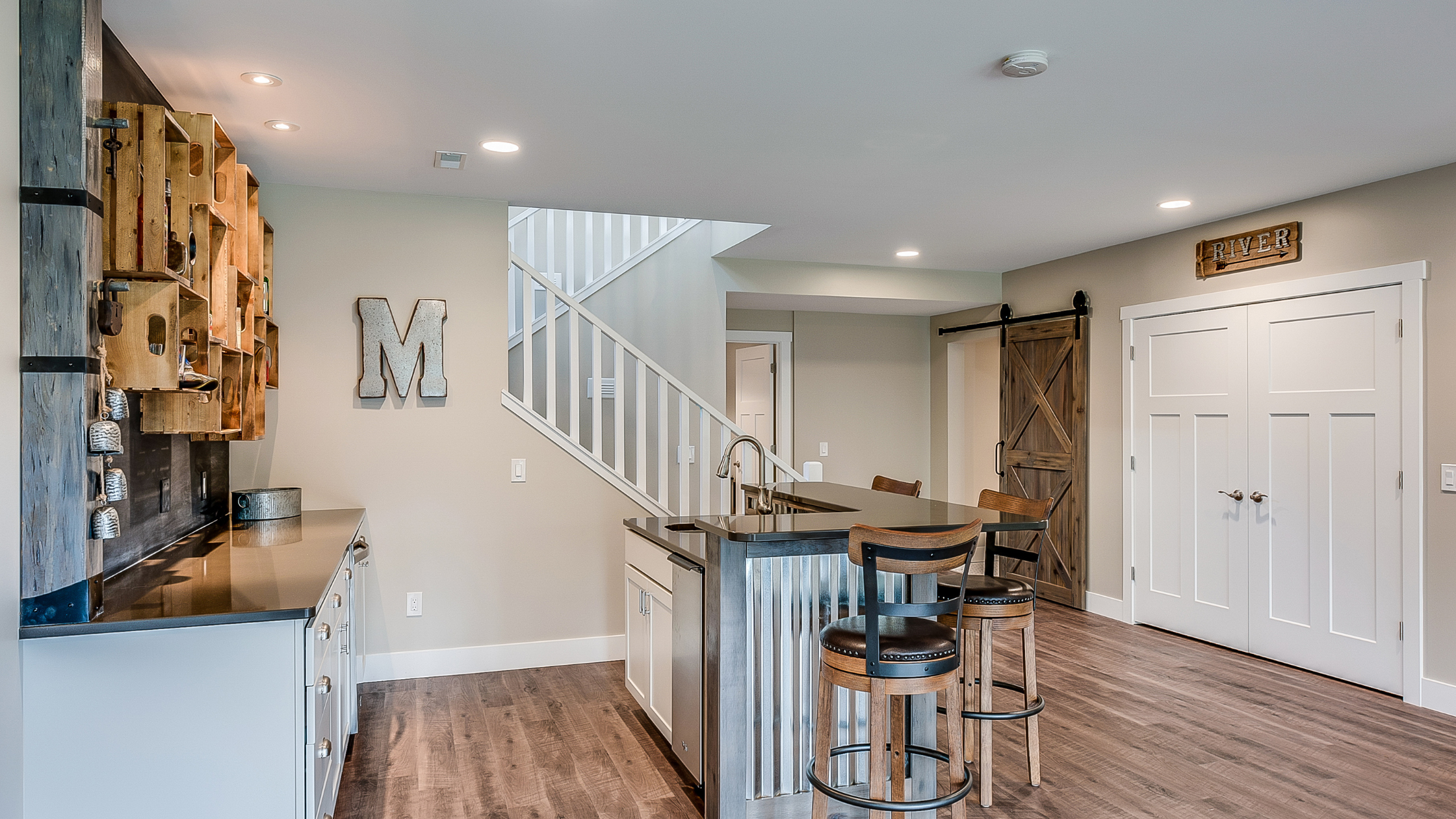
26 Jul Retrofitting Your Basement: The Essential 3-Step Guide — Part 3: Cost vs Benefits
In recent months, we’ve been talking about retrofitting your basement. We’ve explained what a retrofit basement is and how to tell whether your property is suitable — but is it the right decision to make? How do the costs of a retrofit basement compare with the benefits?
What Are the Costs of Retrofitting Your Basement?
Retrofitting your basement is a major investment. The process typically involves controlled excavations, waterproofing, structural enhancements and insulation, as well as upgrading the wiring and plumbing. In addition, there may be costs involved in converting the basement into a living space.
The cost will depend on the size of the property, the amount of work that needs to be done and the area you live in. A basic retrofit for a modest-sized property may be as little as £30,000, but for a high-end project in London, you’d be looking at well over £250,000.
Those aren’t the only costs involved, though. You may need to apply for planning permission, if the retrofit significantly changes the structure or the use, and the cost for this can in some cases run into four figures.
You may also need to make alternative living arrangements while the work is being done, which needs to be factored into the cost. And don’t forget that the expense doesn’t end when the work is complete. Your basement is likely to require ongoing maintenance.
What Are the Benefits of Retrofitting Your Basement?
The most obvious benefit of retrofitting your basement is the advantage to your lifestyle, providing you with extra living space. A basement can be used as anything from an extra bedroom to a home office or gym, and you can have this extra capacity without needing to go through a costly move to a larger home.
It can also add a significant amount to the value of your property. Compared with other forms of home improvement, a retrofit basement can offer a significant return on investment, often adding more value to the property than your outlay.
This is before even considering the various incidental benefits. The process of retrofitting your basement may actually enhance the building’s structural integrity, while you can also upgrade the property’s energy efficiency as part of the work. Besides substantially reducing your monthly bills, this is likely to be another boost to your home’s value when you come to sell.
Making the Decision
While retrofitting your basement is usually a great decision, it’s obviously vital to make sure that the benefits outweigh the costs in your particular case. This means getting precise figures, both for the work and for any extra expenses, as well as realistic estimates for energy savings and an increase in the property’s value.
For some of this, consulting an experienced contractor will give you reliable figures to work with. Give U&M a call to find out more about the costs vs benefits of retrofitting your basement. If you’re looking for piling contractors in London, the surrounding areas, or South East England, we are here for all your construction needs.




